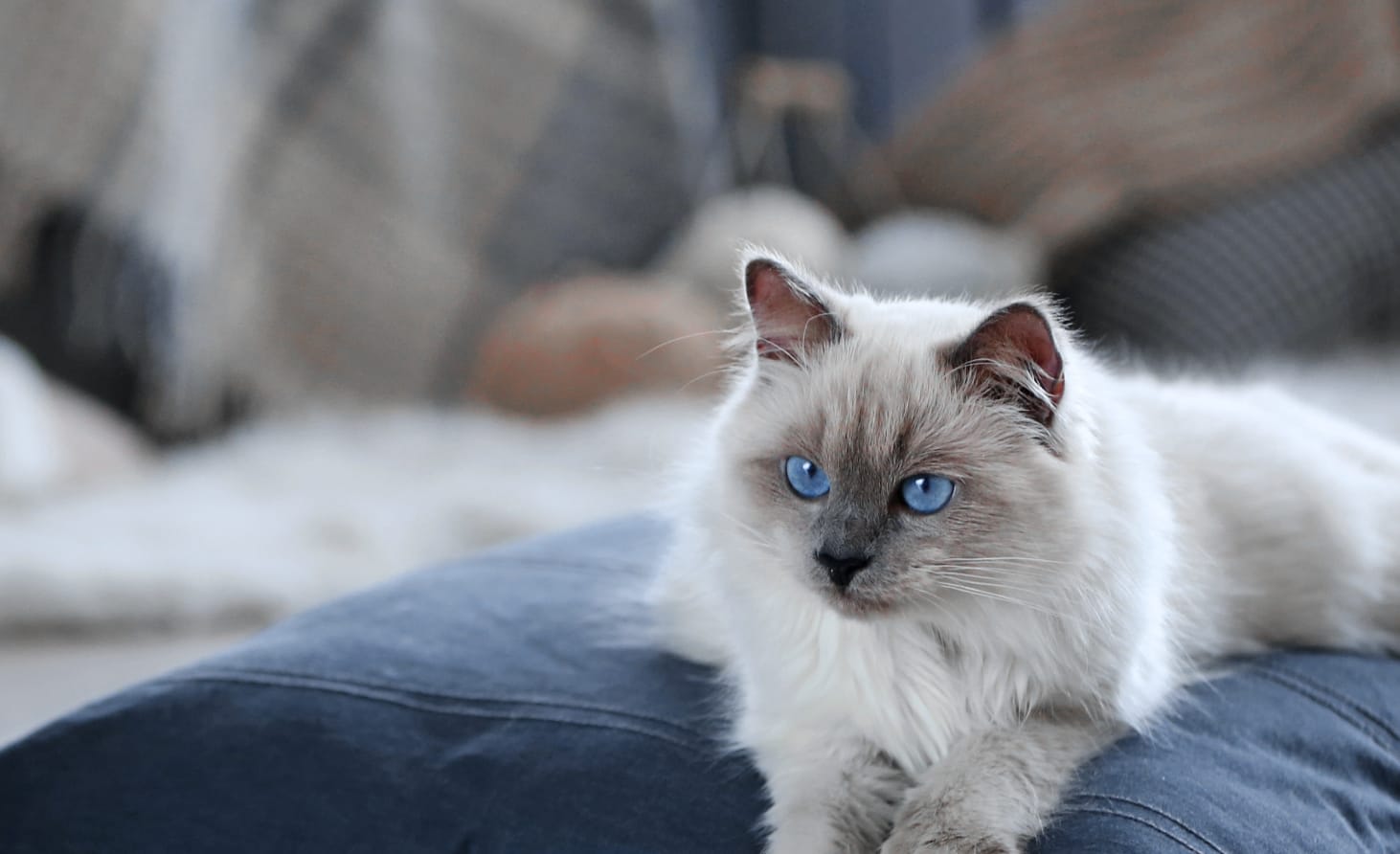-
Important Announcement:
WellPet Humane is Permanently ClosedWellPet Humane has moved and rebranded as North Brookhaven Veterinary Hospital.
For veterinary care, please contact North Brookhaven Veterinary Hospital located at:
3575 Durden Drive, Suite 202, Brookhaven, GA 30319 -
Important Announcement:
WellPet Humane is Permanently ClosedWellPet Humane has moved and rebranded as North Brookhaven Veterinary Hospital.
For veterinary care, please contact North Brookhaven Veterinary Hospital located at:
3575 Durden Drive, Suite 202, Brookhaven, GA 30319


